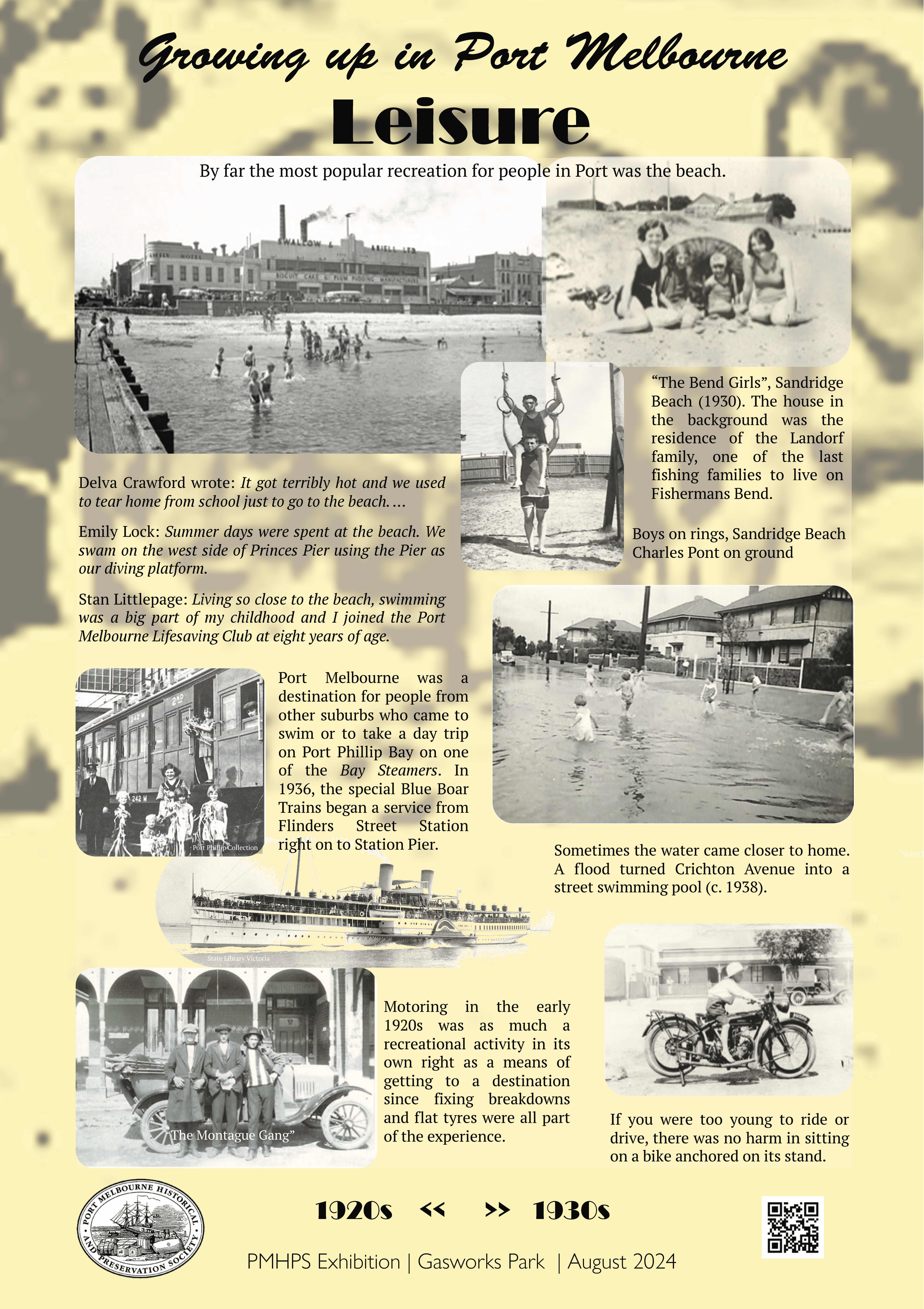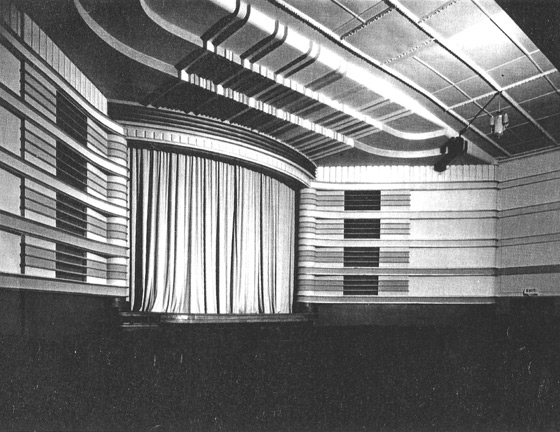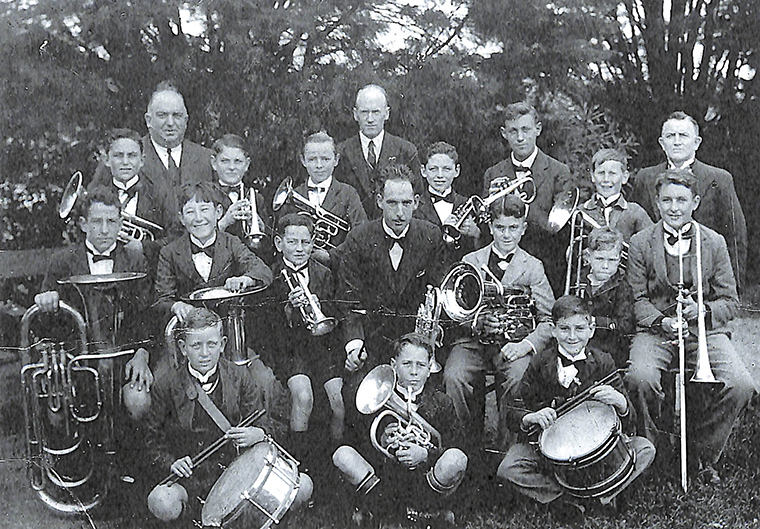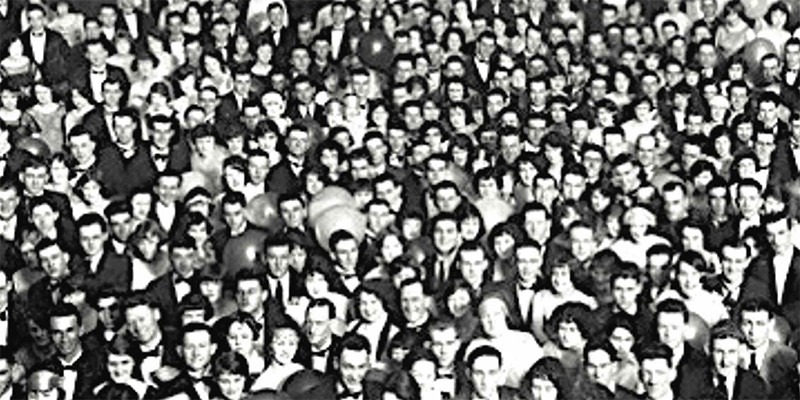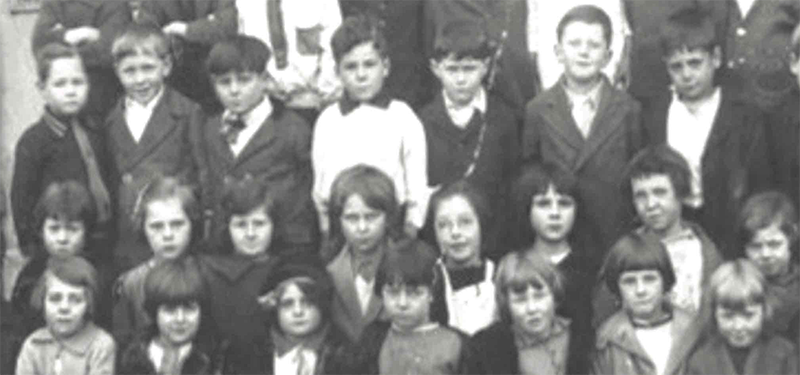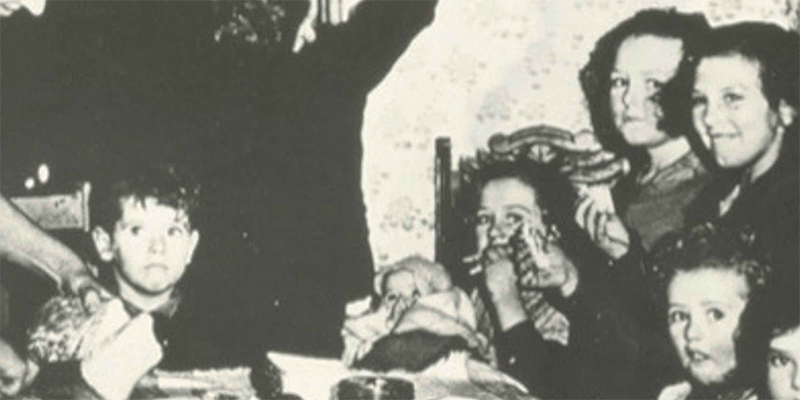Growing up in Port Melbourne – Leisure
From a young age most children spent their free time unsupervised by adults. Sometimes an older sister or brother would be put in charge of their siblings, the one ‘in charge’ sometimes only seven or eight themselves. The freedom enjoyed by children even involved them going to the beach to play, although they might be forbidden from going in the water, a rule no doubt only loosely observed.
People whose memoirs of this period have been preserved describe teenagers walking out in small or large groups as a leisure activity in itself. For example Kathleen Lane wrote:
When I was a teenager Lorna and I would walk down Bay Street, about a mile long as we lived in the top of Heath Street then, then we would walk along the beach front, we called it the Parade, until we reached St Kilda, then we would walk back home again. It was quite safe to walk in those days. A band would play near the Kerford Road pier and we would stop to listen to that. There would be dozens of teenagers doing the same, boys and girls, and everyone was very happy. We would play games in the street at night, simple games like knocking on people’s doors and running, and chasey round the block. No T.V. in those days.
Movie Theatres:
Bradley’s Pictures in the Town Hall opened in 1911. The first purpose built movie theatre was the Port Melbourne Theatre opened in 1913.
In 1924, Hoyts opened the Eclipse Picture Theatre on the corner of Crockford and Pickles Streets with a seating capacity of 1100 people.
Lagoon:
As the lagoon was progressively drained and filled, the use of the land had to be decided; the area east of Bridge Street was sold for housing while the land to the west was promised for public recreation. Little was done to fulfil this promised until 1917 when Edwards Park was laid out with the diagonal pathways and designated as a children’s playground.
Yachting:
As might be expected for a seaside community there was a very active yacht club in Port Melbourne from 1889. From its earliest days it welcomed children and was a popular recreational activity. In 1939 it had 100 members of all ages actively racing in the club’s seventeen boats.
Music:
At home the most common musical instrument was the piano and many children learned to play, even if they had to use a neighbour’s piano for practice.
There were a number of local bands that encouraged children to learn a wider variety of instruments. These instruments were often available for members to use without the expense of purchasing them.
Most churches had one or more choirs, singing had the virtue of being totally free, some had specifically children’s choirs that provided an elementary musical education for their members.

